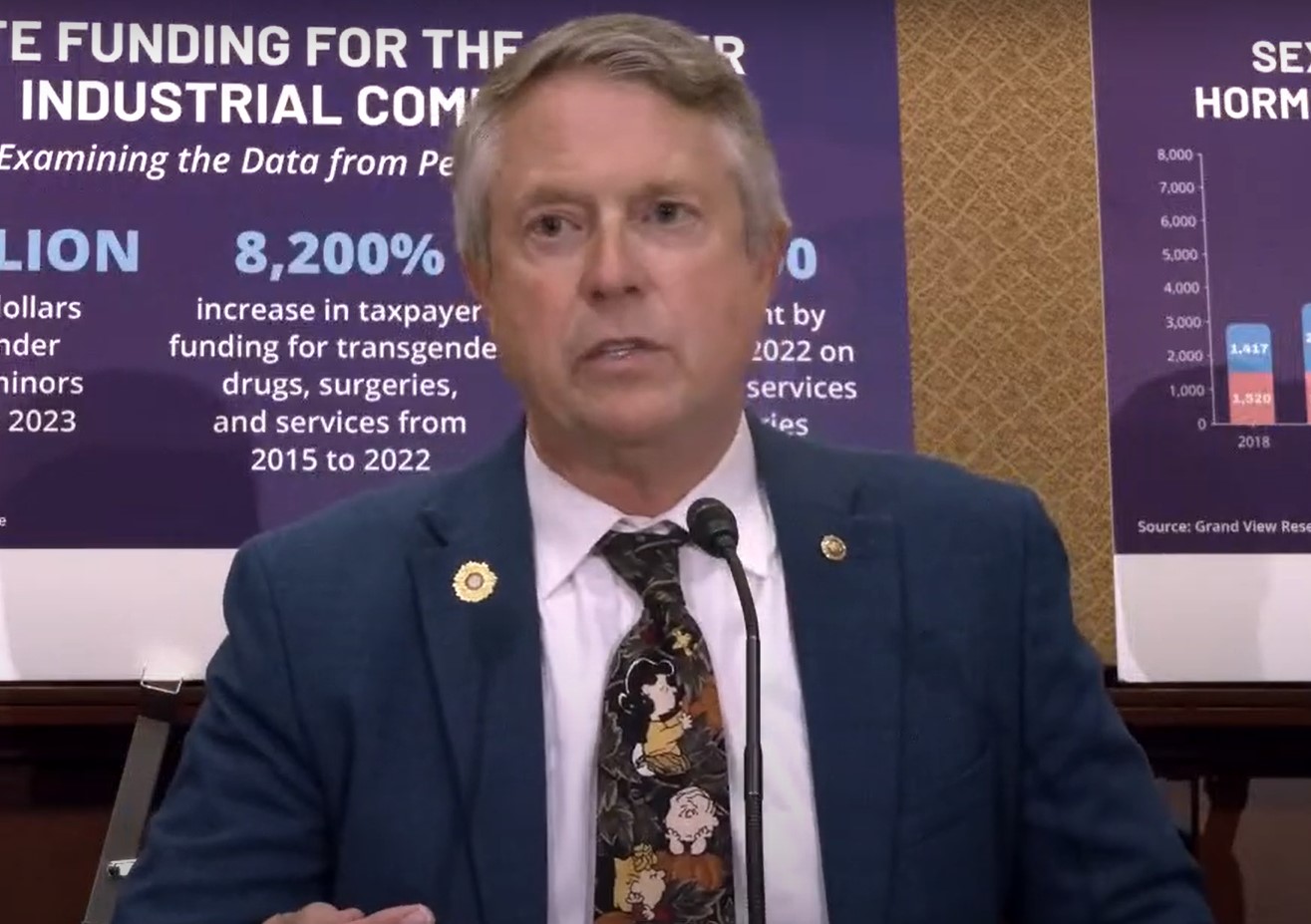California’s upcoming regulations will force us to drive at such slow speeds that we’ll lose interest in driving altogether
The Impact of California’s Car Regulations on the Nation
The saying “as goes California, so goes the nation” may not always hold true, but when it comes to cars, California’s strict regulations tend to influence the rest of the country. Due to the size of the state and the structure of the automotive industry, automakers sell vehicles nationwide that comply with California laws.
Now, one of California’s latest proposals, part of Sen. Scott Wiener’s SAFER California Streets package, is causing concern not only in the Golden State but also in the other 49 states. If passed, this legislation would require all new vehicles to be equipped with a governor that limits the speed to 10 mph above the posted speed limit.
As a California native, I feel compelled to speak out against this proposal. Sen. Wiener, how dare you? This country was built on innovation and progress, not on slow and foolish restrictions. California’s tech sector thrives on speed and pushing boundaries.
Furthermore, have you considered the potential dangers of this technology? What if someone needs to reach an emergency room quickly or avoid an accident? Slow drivers can also pose a threat to other motorists. It seems you are unaware of these facts, among many others.
It appears that what you truly desire is to turn our streets into theme park rides, like Disneyland’s Radiator Springs Racers. However, given California’s struggles with high-speed rail, implementing such guide rails on all roadways would be impractical. If your goal is to improve safety, this is not the way to go. Californians can legally drive up to 65 mph on interstates, and many enjoy the freedom and thrill of driving.
But let’s be honest, the real agenda behind measures like this is to discourage driving altogether. Some even claim that driving is racist and hinders equity. Well, guess what? Americans love to drive, especially in states with beautiful scenic routes and no high-speed rail.
This is what happens when life becomes too easy. People start thinking they can legislate immortality. The crusade against driving is not new, and paternalistic politicians like Wiener always have their next plan. Unfortunately, once California goes down this path, the rest of us will be stuck with handicapped cars. It’s like Harrison Bergeron, but for vehicles.
There are limited options to stop Wiener’s intrusion into the lives of drivers who don’t consent to his desires. Perhaps Oscar Mayer could offer him a job as a Wienermobile pilot, given his name and affinity for speed restrictions. However, his lack of mental acumen may make that unworkable.
Our only hope may lie in the cars themselves. With advancements in AI technology, we could create a real-life Optimus Prime who fights for the freedom of all vehicles. If that fails, we may have to rely on resourceful Cubans, experienced in keeping vehicles running, to take over the DIY section of YouTube. It would be fitting, considering their history of enduring brutal authoritarianism.
How can stakeholders, such as experts, industry representatives, and the public, be involved in the decision-making process to ensure well-informed and balanced regulations
At this proposed legislation stems from a desire to make roads safer and reduce accidents. However, there are better ways to achieve this goal without imposing such restrictive measures on drivers. Education and awareness campaigns, improved infrastructure, and stricter enforcement of existing traffic laws can all contribute to safer roads without hindering the freedom and mobility of drivers.
In addition to the potential dangers and inconvenience caused by this proposed legislation, there are also economic implications to consider. The automotive industry is a crucial sector of the economy, employing millions of people across the country. Implementing nationwide regulations based on California’s standards could have a significant impact on automakers and potentially lead to job losses. It is important to strike a balance between safety and economic considerations when formulating regulations.
Rather than imposing blanket regulations on all vehicles, it would be more effective to focus on specific areas of concern. For example, addressing issues such as distracted driving, impaired driving, and speeding in high-risk areas can have a more targeted impact on improving road safety.
Furthermore, it is important to involve all stakeholders in the decision-making process. Seeking input from experts, industry representatives, and the public can help ensure that regulations are well-informed, balanced, and effective. Collaboration and cooperation are key in finding solutions that benefit everyone.
In conclusion, while California’s car regulations may have an influence on the rest of the nation, it is important to carefully consider the potential impact of proposed legislation. Striking a balance between safety, innovation, and economic considerations is paramount. Imposing unnecessary restrictions on drivers may do more harm than good, and there are alternative approaches that can achieve the desired goals of improving road safety without impeding progress. It is crucial to engage all stakeholders in the decision-making process to ensure that regulations are well-informed and beneficial for all. Let us not stifle innovation, but rather find innovative ways to make our roads safer.
" Conservative News Daily does not always share or support the views and opinions expressed here; they are just those of the writer."





Now loading...